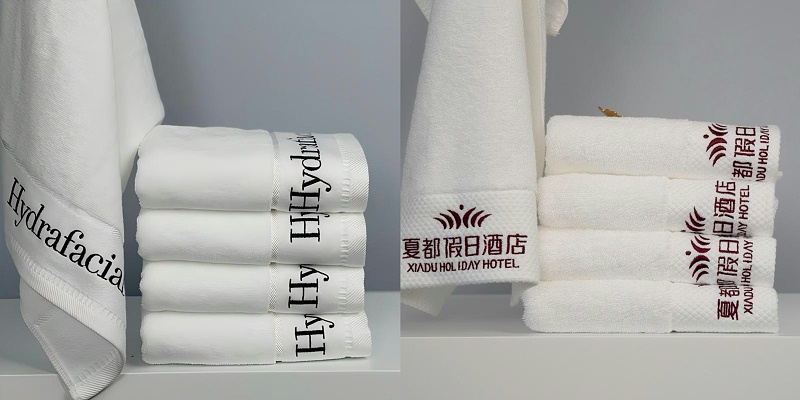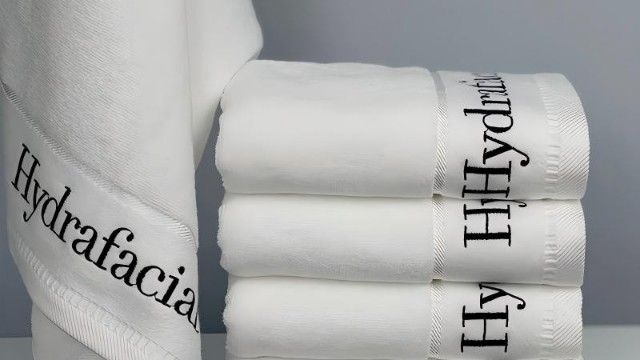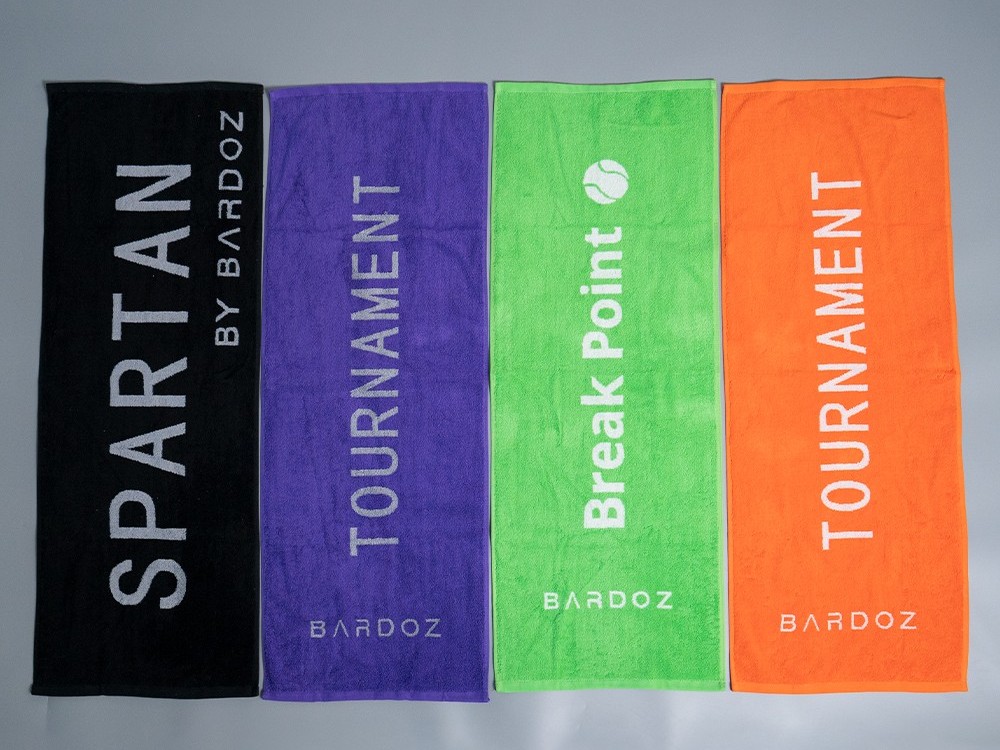Hotel towels may seem like "small items" in guest rooms, but they directly affect guests' intuitive perception of hygiene and quality, and even influence the hotel's operating costs and brand image. As a manufacturer specializing in customizing hotel linens, we deal with towels of differen......
Hotel towels may seem like "small items" in guest rooms, but they directly affect guests' intuitive perception of hygiene and quality, and even influence the hotel's operating costs and brand image. As a manufacturer specializing in customizing hotel linens, we deal with towels of different materials and craftsmanship every day. We are well aware that a "good towel" is by no means "the more expensive, the better", but rather it is about finding a precise balance between "guest experience" and "hotel costs". The following is a disassembly of the core points for purchasing hotel towels from three dimensions: material selection, craftsmanship details, and custom compatibility.
I. Material: Not all "pure cotton" is suitable for hotels
The materials of towels on the market are diverse, but the core requirements for hotel towels are "fast water absorption, washable and comfortable to the touch", and these three indicators are directly determined by the materials:
The "identity code" of cotton fibers:
Ordinary household towels often use "combed cotton", but hotels should give priority to "combed cotton" - by combing to remove short fibers and leave long fibers, towels are less likely to pilling or shed fibers, and can still maintain structural stability after 50 industrial washes. If a higher cost performance is pursued, the blended material of "combed cotton + 10% regenerated cellulose fiber" is the preferred choice: its water absorption speed is 15% faster than that of pure combed cotton, the cost is reduced by 8%, and it has stronger scrub resistance.
Beware of "chemical fibers passing off as pure cotton" : It can be identified through a burning test - pure cotton leaves grayish-white ashes after burning and has a burnt paper smell. Chemical fibers will clump when burned and have a pungent smell.

The "golden range" of gram weight:
The weight per square meter of a towel is directly related to its thickness and water absorption, but it is not the case that the higher the better.
Face towel: Recommended 160-180g/㎡ - Too thick (such as over 200g) will prolong the drying time and is prone to bacterial growth. If it is too thin (less than 150g), it will not absorb enough water and feel thin.
Bath towel: Recommended: 350-400g/㎡ - balancing wrapping and quick-drying properties, suitable for high-frequency usage scenarios in hotels.
A certain cooperative hotel once reduced the weight of bath towels from 450g to 380g, lowering the washing energy consumption by 12%. Guests reported that the comfort level did not decline.
Material adaptation for special scenarios
For hot spring hotels and swimming pool areas, "chlorine-resistant fabric" should be selected (chlorine-containing detergents can cause ordinary cotton fibers to become brittle). Customized blended towels containing 20% polyester can be made, which can improve the chlorine-resistant performance by 30%. For hotels themed around mothers and babies, it is recommended to use "organic cotton", which is free of chemical residues and friendly to sensitive skin.
2. Craftsmanship: Details determine lifespan and experience
The durability and texture of a towel are 80% determined by the details of its craftsmanship. Many hotels only focus on the appearance when making purchases, but overlook these "hidden indicators" :
Weaving process: Plain weave or jacquard?
The plain weaving process (with a smooth surface) is low-cost and easy to clean, making it suitable for budget hotels. Jacquard weaving (with three-dimensional patterns) has a better texture, but the crevices are prone to dirt accumulation and require a strong cleaning process. It is more suitable for high-end hotels. It is recommended to choose based on the hotel's positioning to avoid waste caused by "high-end craftsmanship paired with low-end washing".
Loop density: Sparse or dense?
The loops of a high-quality towel should be "short and dense" - short loops are resistant to friction and less likely to snag. A higher density means a larger water absorption area. It can be judged by "looking through the light" : when observing against the light, if the loops are evenly distributed and there are no obvious light-transmitting points, it is of good quality. Towels with sparse and long loops may seem thick, but in fact, they are prone to shedding and have a short service life.
Hemming and hemming: The key to tear resistance
The edge of a towel is the part that wears out most easily. Ordinary lockstitch (single thread) is prone to tearing after multiple pulls. It is recommended to choose the "double thread edge wrapping + reinforcing seam" process: the edges are wrapped with 2cm wide webbing, with a seam density of 8 stitches per centimeter, increasing the tear resistance by 50%. After actual testing by a certain chain hotel, the linen loss rate decreased by 22%.
Pre-treatment process: Reducing "First embarrassment"
If a new towel has not undergone "de-sizing treatment", it will feel stiff and have poor water absorption when used for the first time. When customizing, you can request the manufacturer to add a process of "water washing and sizing + softener treatment" to ensure that the towel feels the best right after opening the box and avoid customer complaints that "the towel is too hard".

3. Customization: Making Towels a "Brand Asset"
Standardized towels are hard to meet the personalized demands of hotels, while customization can upgrade towels from "daily necessities" to "brand carriers".
Size customization: Reject "One-size-fits-all"
The standard size of bath towels (70×140cm) may not be suitable for all guests. Family hotels can customize "children's exclusive bath towels" (50×100cm) to avoid waste. High-end suites can be equipped with "wrap bath towels" (80×160cm) to enhance the sense of luxury. Precise size matching can reduce fabric waste by 15%.
LOGO craftsmanship: understated yet highly recognizable
Embroidered logos are more washable than printed ones (printed ones tend to fall off after 20 washes). It is recommended to choose "small-area embroidery" (such as 10×5cm corner positions), which not only enhances brand memory but also does not affect the user experience. A boutique hotel embroidered a minimalist LOGO on the corners of towels, and the repurchase rate of guests increased by 8%.

A good towel is "calculated"
When hotels purchase towels, the essence is to calculate between "experience cost" and "replacement cost" : a towel that is both absorbent, washable and suitable for various scenarios can not only enhance guest satisfaction but also reduce the annual replacement frequency. As a manufacturer, our suggestion is: Do not blindly pursue "high-end materials", but customize solutions based on the hotel's positioning (economy/mid-range/high-end), customer group characteristics (business/family/vacation), and washing conditions (industrial washing/outsourced washing) - making every towel "fully utilized" is the best solution.

Towel Brand:Dream Princess Material:Pure cotton Size:customizable Process:embroidery Features:Quick drying, soft and durable

Towel Brand:Dream Princess Material:Pure cotton Size:customizable Process:embroidery Features:Quick drying, soft and durable

Towel Brand:Dream Princess Material:Pure cotton Size:customizable Process:embroidery Features:Quick drying, soft and durable